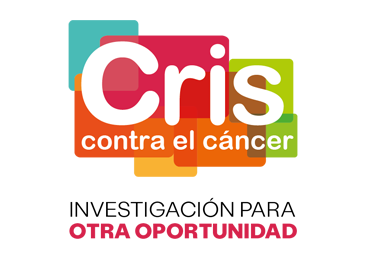Barcelona, 21 February 2011. The research group headed by Dr Josep Baselga has identified a link between the overexpression of a gene – cyclin E – and resistance to a drug – trastuzumab – used in the treatment of HER2+ breast cancer. The results of this study could lead to improved treatment that would prevent patients with this cancer subtype from developing a resistance to the treatment. This represents a new step forward in the fight against breast cancer.
The study, conducted jointly by the Vall d’Hebron Oncology Institute (VHIO) in Barcelona and the Massachusetts General Hospital Cancer Center (MGH-CC) in Boston, is being published in the prestigious journal Proceedings of National Academy of Science (PNAS).
Several factors have improved the survival rates of breast cancer patients over the past decade: early detection, exhaustive patient monitoring, and, above all, the classification of tumours into three main subtypes according to molecular portraits (hormone receptor positive, HER2+, or the absence of both). This classification into different subtypes has allowed the clinical development of targeted and more effective treatments for each of them. In spite of these great advances, there are still patients who do not respond to treatment as expected, or who stop responding. One of the most aggressive subtypes with the greatest propensity to metastasis is characterised in molecular terms by the overexpression of the HER2 membrane receptor and affects around 20% of patients with breast cancer. The most widely-studied and used drug in clinical practice to treat this tumour subtype is trastuzumab, an antibody designed specifically to bind to an extra-cellular domain of the HER2 receptor. This drug improves the survival rate of patients with HER2+ breast cancer. The great advantage of targeted therapies is that they primarily affect the tumour cells, so their side effects are minimised compared to those of conventional chemotherapy. However, the clinical benefits of trastuzumab and other targeted therapies against HER2 is being limited by this resistance, whether primary or acquired.
Dr. Baselga’s laboratories in both Barcelona and Boston have developed a cell model with the aim of identifying possible resistance mechanisms to trastuzumab by chronic exposure to the therapy. The study has required the coordination of various teams, including basic and translational researchers, physicians specialising in pathology and oncology and the collaboration of the pharmaceutical industry. This joint project involved the development of a new technique to quantify cyclin E levels in tumour cells. The results obtained represent an example of molecular target validation in cell models and animals that is associated with resistance to treatment of HER2+ patients, and proposes an improved therapy for this patient subgroup.








